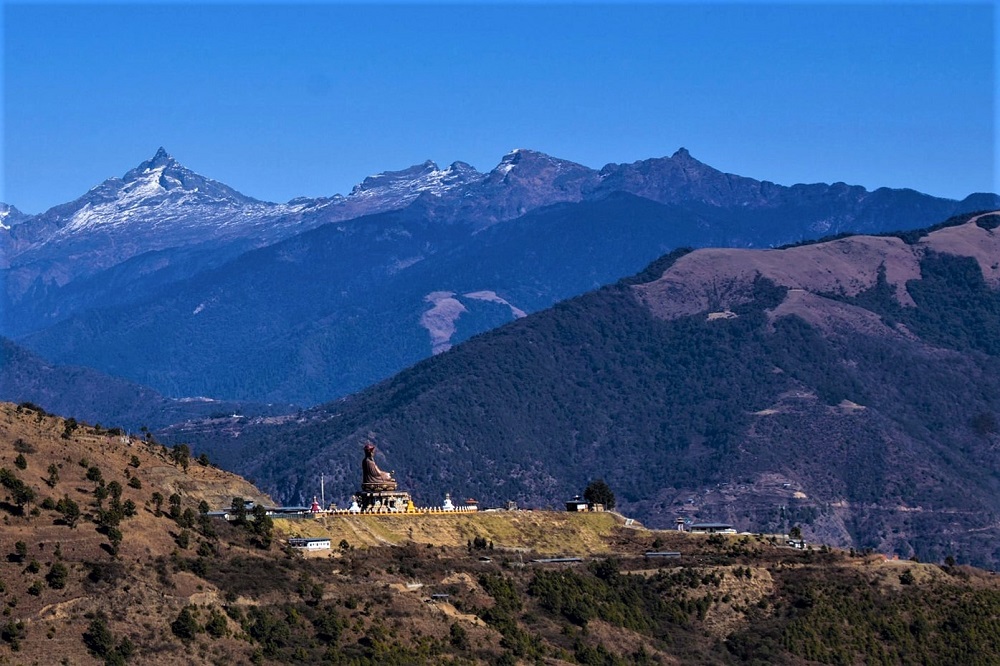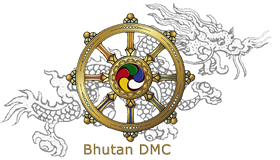Lhuentse - Tourist Destination in Bhutan

Located in the north-eastern flanks of Bhutan, Lhuentse holds an important place in social, cultural and political landscape of Bhutan. It is ancestral home of Bhutan Kings, the birthplace of Jigme Namgyal, the father of First King, Ugyen Wangchuck, the progenitor of the Wangchuck dynasty. Lhuentse is home to some of the most sacred pilgrimage sites in the country and also famed for its exquisite hand-woven textiles. Remote and untouched, Lhuentse preserves Bhutan’s arcane culture, traditions and way of life in its most authentic form. From ancient Dzongs and monasteries to vibrant communities, Lhuentse has so much to offer and its rich past seamlessly blends with present.
Lhuentse district is bordered by Bumthang in the West, Tashiyangtse in the East, Mongar in the South and China in the North. The district covers an area of approximately 2853.55 sq. km with altitudes ranging from 600 to 5800 meters above sea level. It has warm summer and cold winter. The annual average temperature rises here to 24 °C in summer and falls to 15 °C in winter while annual rainfall ranges from 1000 to 1500 mm.
Places of Tourist Interest in Lhuentse
Lhuentse Dzong
Also known as Lhundub Rinchentse Dzong, this majestic fortress is perched on a ridge overlooking the Kuri Chhu river. This Dzong was constructed in 1654 by Trongsa Penlop (Governor) Chogyal Minjur Tempa on the site of an older temple built by Nagi Wangchuk in 1552. Lhuentse Dzong houses many sacred artifacts that were installed by the 4th Druk Desi Tenzin Rabgay.
Guru’s Statue at Takila
The 154 ft. tall statue of Guru Padmasambhava stands imposingly on the slope of Takila, overlooking the scenic valley of Tangmachu. The Guru statue is surrounded by eight big and 108 small stupas (chortens). Takila progressing as a important place of learning for monks and nuns. The construction of this sacred site was started in March 2008 while was consecrated in 2015.
Kilung Lhakhang
The tiny village of Kilung is 20-minute drive from Lhuentse Dzong while Kilung temple is situated on a ridge overlooking the Kuri Chhu river. It was built on the former site of Kilung Gyalpo, a regional chieftain. The temple houses sacred chain mall that was believed to have been used to recapture a statue that miraculously flew away from Lhuentse Dzong.
Gangzur village
Gangzur village is about 10-minute drive from Lhuentse Dzong. It is a vibrant community where local artisans still keep alive the dying art of pottery.
Khoma village
Located about 11km away from Lhuentse Dzong, Khome village is the epicentre of Bhutan rich and distinctive textile weaving tradition. The village is particularly famous for its exquisite brand of Kishuthara (silk woven) weaves that are prized possessions, worn by
women especially during festival and on special occasions. Kishuthara is basically a type of Kira (national dress for women in Bhutan) which is an extremely intricately patterned silk textile.
In winter, when there is not much work in farms, it is common sight in Khoma village to see women sitting in row of makeshift textile cottage, weaving Kishuthara. The most expensive Kishuthara takes even almost a year to complete due to its complicated patterns and designs. Kishuthara weaving is also the alternate source of income for farmers and village folks during off winter season.
HOTELS IN THIMPHU
HOTELS IN PUNAKHA & WANGDUE
HOTELS IN GANGTEY
HOTELS IN TRONGSA
HOTELS IN BUMTHANG
HOTELS IN MONGAR
HOTELS IN TRASHIGANG
HOTELS IN SAMDRUP JONGKHAR
HOTELS IN PHUENTSHOLING
HOTELS IN HAA
HOTELS IN GELEPHU
HOTELS IN ZHEMGANG
RESTAURANTS IN PARO
RESTAURANTS IN THIMPHU
RESTAURANTS IN PUNAKHA
TOUR ITINERARIES
TREKKING ITINERARIES
SPECIAL INTERESTS TOURS
UNIQUE FESTIVALS & FAIRS
BLOG


